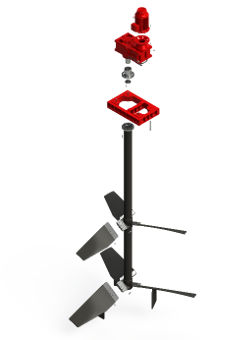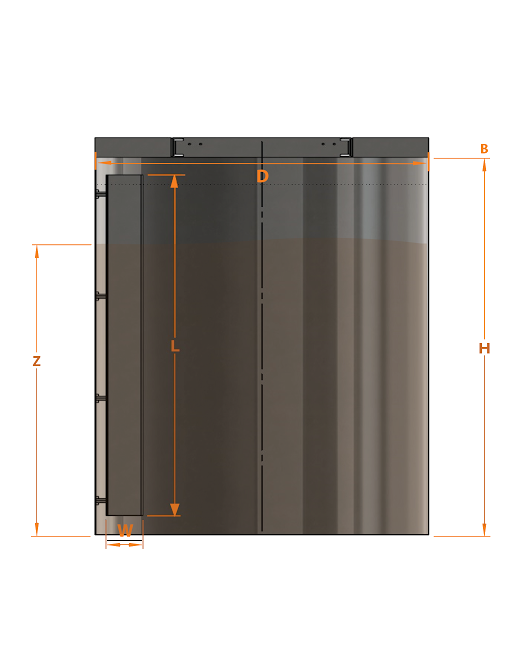Pumps and Hoses
Frequently asked questions
What is a peristaltic pump?
A peristaltic pump is a positive displacement pump. The word peristaltic comes from the Greek word “peristaltikos”. Peristalsis movement refers to the wavelike muscular contractions of the digestive tract or other tubular structures by which contents are forced onward toward the opening. In a peristaltic pump, fluid is pushed through a tube or hose by rollers or shoes compressing the tube/hose.Peristaltic pumps are commonly divided into two categories, namely:
- Tube Pumps: These are typically low flow and low pressure, utilising an extruded elastomeric tube within the pump.•
- Hose Pumps: These are typically higher flow and higher pressure, utilising a fabricated rubber hose with internal reinforcement braids.
Can a peristaltic pump handle dense slurries?
Yes, with hose-type peristaltic pumps, high density and high viscosity products are regularly handled with ease.
Is a peristaltic pump the best option for handling chemicals?
One of the advantages of peristaltic pumps is that the fluid being pumped is contained entirely within the hose. There are various tube and hose materials available offering a range of chemical compatibility options. Peristaltic pumps are routinely used for the dosing of chemicals due to their repeatable accuracy.
Where are peristaltic pumps most commonly found?
Peristaltic pumps can be found in a wide variety of applications, typically where other pumps struggle, such as high density and high viscosity applications, self-priming, high suction lift applications, as well as shear sensitive and dry run applications. Peristaltic pumps can be found in almost every industry from mining and food to water treatment, brewing, paper, pharmaceutical and even fishing.
I am experiencing pulsation problems. What can I do to fix this?
When they are being used, peristaltic pumps inherently create pulsations. If a peristaltic pump is correctly sized and installed, pulsations can be reduced to an acceptable level. However, incorrectly sized and poorly installed pumps can experience high pulsations leading to poor performance and poor hose life. In certain applications, suitable pulsation dampeners can be installed to alleviate pulsation problems. If you are experiencing pulsation issues, please contact Technical Support in the first instance.
How will cavitation affect the peristaltic pump?
Cavitation issues are not normally associated with peristaltic pumps. Peristaltic pumps generally have low NPSH requirements, and if pumps are correctly selected and applied, cavitation issues can be avoided.
Are AFX pumps available with flame-proof options?
Flame-proof options are available; however, specific requirements should be discussed with Technical Support as Hazardous Area Certification can vary from country to country (e.g. Atex and ETL).
Is there technical support outside of South Africa which is available to clients?
Yes, technical and sales support is available through authorised agents and sister AFX companies. Please contact your local sales representative for more details.

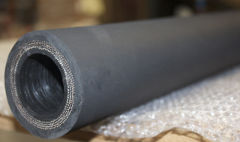 At the heart of every AFX peristaltic pump lies a heavy-duty peristaltic hose specially developed to work hand in hand with the pump roller technology installed in the AFX PUMP SERIES. We stock a comprehensive range of hose materials for each pump to be compatible with the unique chemical and abrasive characteristics of every application. A carefully designed and manufactured hose element is the single most vital component for the performance durability and efficiency of any peristaltic pump. To ensure a good pump you must have a good hose, and this is where AFX excels. Each hose we supply is built under stringent quality control measures, using high-quality, compounded rubbers, reinforced with four individual layers of braided nylon carefully set at optimum angles. Once cured, the outer diameter of each hose is precision machined to exacting tolerances ensuring a perfectly sized hose. An accurately sized hose ensures perfect compression, which eliminates internal slip (which reduces pump efficiency and allows for the abrasive slurries to prematurely destroy the hose).
At the heart of every AFX peristaltic pump lies a heavy-duty peristaltic hose specially developed to work hand in hand with the pump roller technology installed in the AFX PUMP SERIES. We stock a comprehensive range of hose materials for each pump to be compatible with the unique chemical and abrasive characteristics of every application. A carefully designed and manufactured hose element is the single most vital component for the performance durability and efficiency of any peristaltic pump. To ensure a good pump you must have a good hose, and this is where AFX excels. Each hose we supply is built under stringent quality control measures, using high-quality, compounded rubbers, reinforced with four individual layers of braided nylon carefully set at optimum angles. Once cured, the outer diameter of each hose is precision machined to exacting tolerances ensuring a perfectly sized hose. An accurately sized hose ensures perfect compression, which eliminates internal slip (which reduces pump efficiency and allows for the abrasive slurries to prematurely destroy the hose).
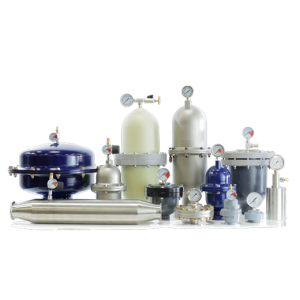 Peristaltic pumps are by nature inherently pulsing in operation. Excessive pressure spikes and pulsations within the pump system can be extremely damaging to the pump hose and the process system.
Peristaltic pumps are by nature inherently pulsing in operation. Excessive pressure spikes and pulsations within the pump system can be extremely damaging to the pump hose and the process system. The primary reason for hose failure is from cyclic fatigue (number of hose compressions). Pump hose failure is inevitable, but exactly when hose failure will occur is dependent upon many factors and may not always be at a convenient time when a technician is watching the pump.
The primary reason for hose failure is from cyclic fatigue (number of hose compressions). Pump hose failure is inevitable, but exactly when hose failure will occur is dependent upon many factors and may not always be at a convenient time when a technician is watching the pump.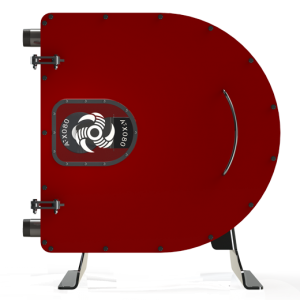 Our extensive range of peristaltic hose pumps includes one of the largest pumps of this type in the world. Our 150mm pump has a maximum flow rate of 147m³/hr and can deliver pressures up to 10 Bar. These units are ideal for thickener underflow applications.
Our extensive range of peristaltic hose pumps includes one of the largest pumps of this type in the world. Our 150mm pump has a maximum flow rate of 147m³/hr and can deliver pressures up to 10 Bar. These units are ideal for thickener underflow applications. OPERATING PRINCIPLE
OPERATING PRINCIPLE PUMP SELECTION
PUMP SELECTION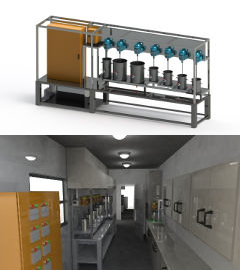 spreading from mining processes to chemical and agricultural testing laboratories as well as personal care and pharmaceutical laboratories, the need for this equipment is on the rise. Pilot plants and bench plants are small modular industrial systems, which are designed and implemented to generate information and understand particular behaviours during test or trial periods. This is usually done before building the large full-scale plant, which entails large capital outlays as well as major risks associated with the process. The use of the pilot or bench plants enables one to make a calculated and informed decision on whether or not to move forward with the full-scale operation. It equips the client with freedom to run tests accurately as well as change and modify procedures on the smaller scale.
spreading from mining processes to chemical and agricultural testing laboratories as well as personal care and pharmaceutical laboratories, the need for this equipment is on the rise. Pilot plants and bench plants are small modular industrial systems, which are designed and implemented to generate information and understand particular behaviours during test or trial periods. This is usually done before building the large full-scale plant, which entails large capital outlays as well as major risks associated with the process. The use of the pilot or bench plants enables one to make a calculated and informed decision on whether or not to move forward with the full-scale operation. It equips the client with freedom to run tests accurately as well as change and modify procedures on the smaller scale.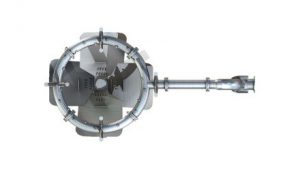
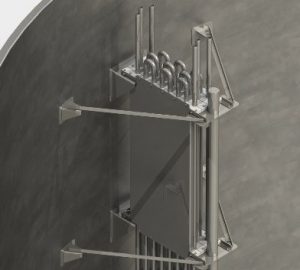 BAFFLES AND BAFFLE COILS
BAFFLES AND BAFFLE COILS Mounting bases and pedestals are critical in ensuring that the gearbox of the agitator is correctly aligned and mounted to the supporting beam structure. Our pedestals and bases are designed to significantly reduce the potential of twisting or flexing within the gearbox housing; which is often a common cause of some gearbox failures.
Mounting bases and pedestals are critical in ensuring that the gearbox of the agitator is correctly aligned and mounted to the supporting beam structure. Our pedestals and bases are designed to significantly reduce the potential of twisting or flexing within the gearbox housing; which is often a common cause of some gearbox failures. IMPELLER TYPE: F3
IMPELLER TYPE: F3 IMPELLER TYPE: FS4
IMPELLER TYPE: FS4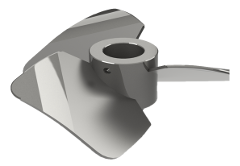 IMPELLER TYPE: P3
IMPELLER TYPE: P3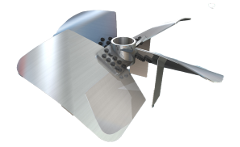 IMPELLER TYPE: P4
IMPELLER TYPE: P4 FOLDING IMPELLERS
FOLDING IMPELLERS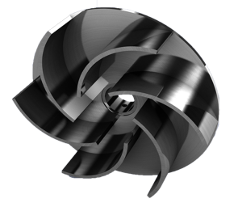 IMPELLER TYPE: R6
IMPELLER TYPE: R6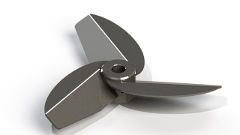 FCE3 CLEAN EDGE IMPELLER
FCE3 CLEAN EDGE IMPELLER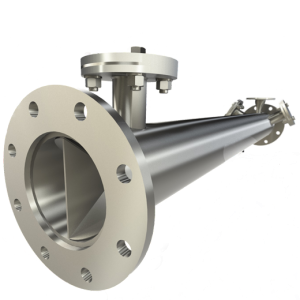
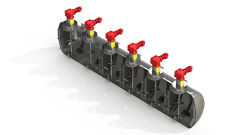 PRESSURE OXIDATION
PRESSURE OXIDATION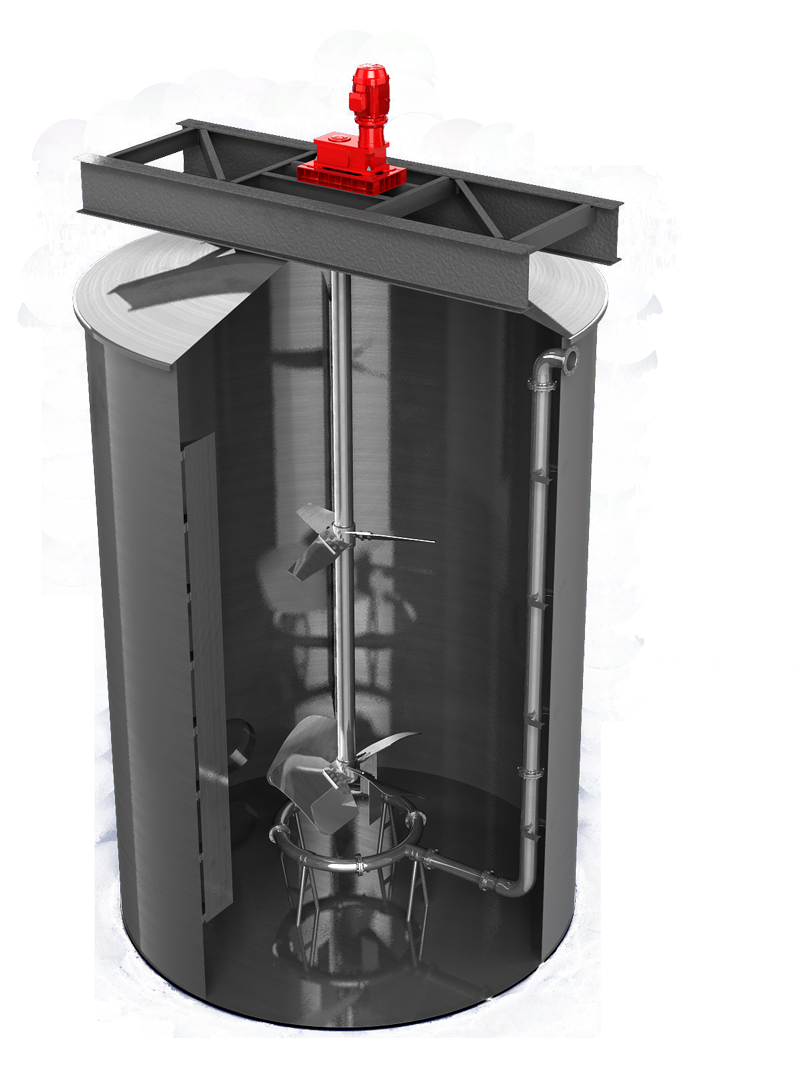 GAS DISPERSION
GAS DISPERSION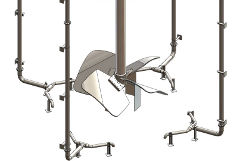 IRON REMOVAL
IRON REMOVAL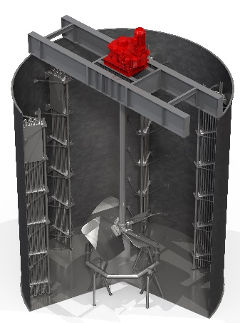 CYANIDE DETOX
CYANIDE DETOX PEDESTAL MOUNTED MIXERS
PEDESTAL MOUNTED MIXERS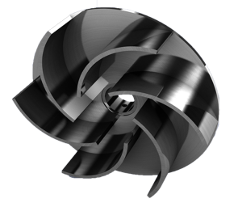 R6 PUMP IMPELLER
R6 PUMP IMPELLER
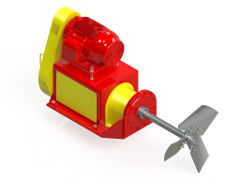 SIDE ENTRY AGITATORS
SIDE ENTRY AGITATORS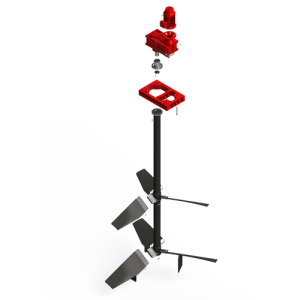 TOP ENTRY MIXERS
TOP ENTRY MIXERS
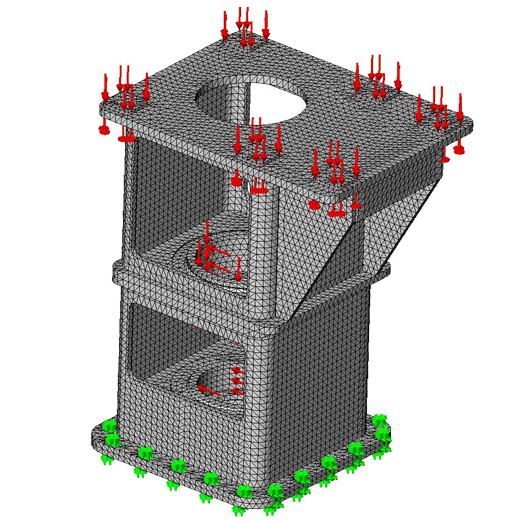
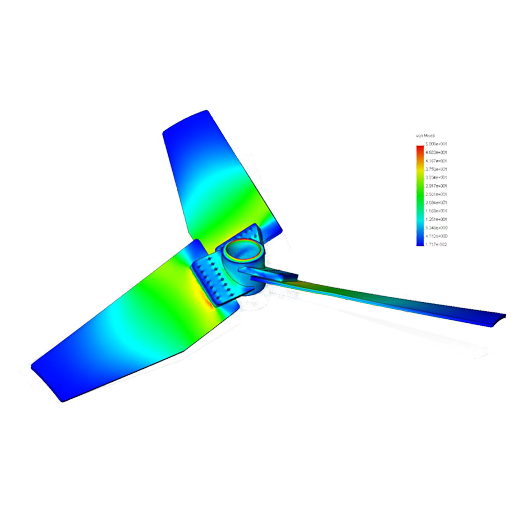

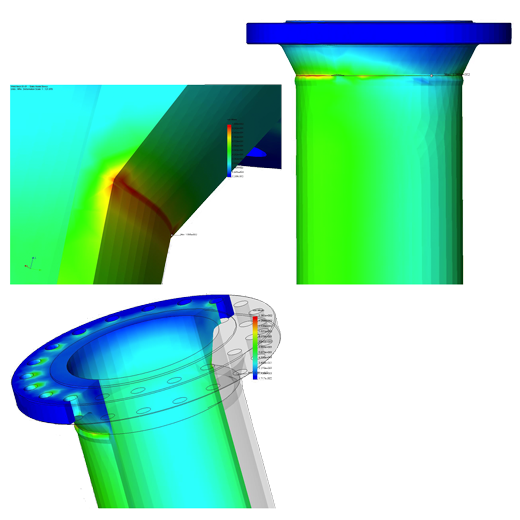


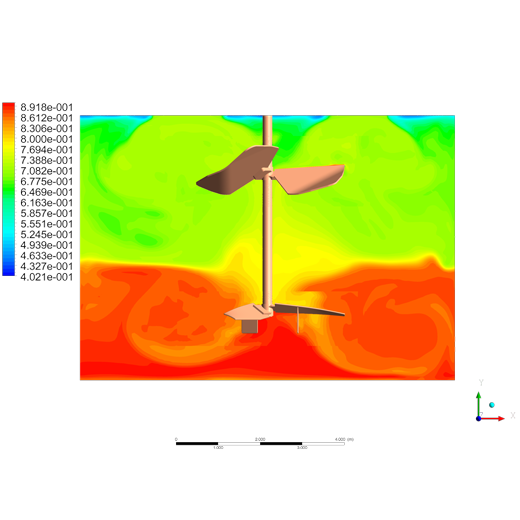






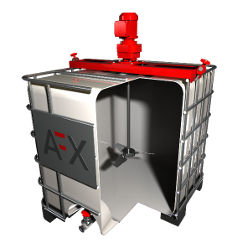
 SMALL TOP ENTRY AGITATORS
SMALL TOP ENTRY AGITATORS